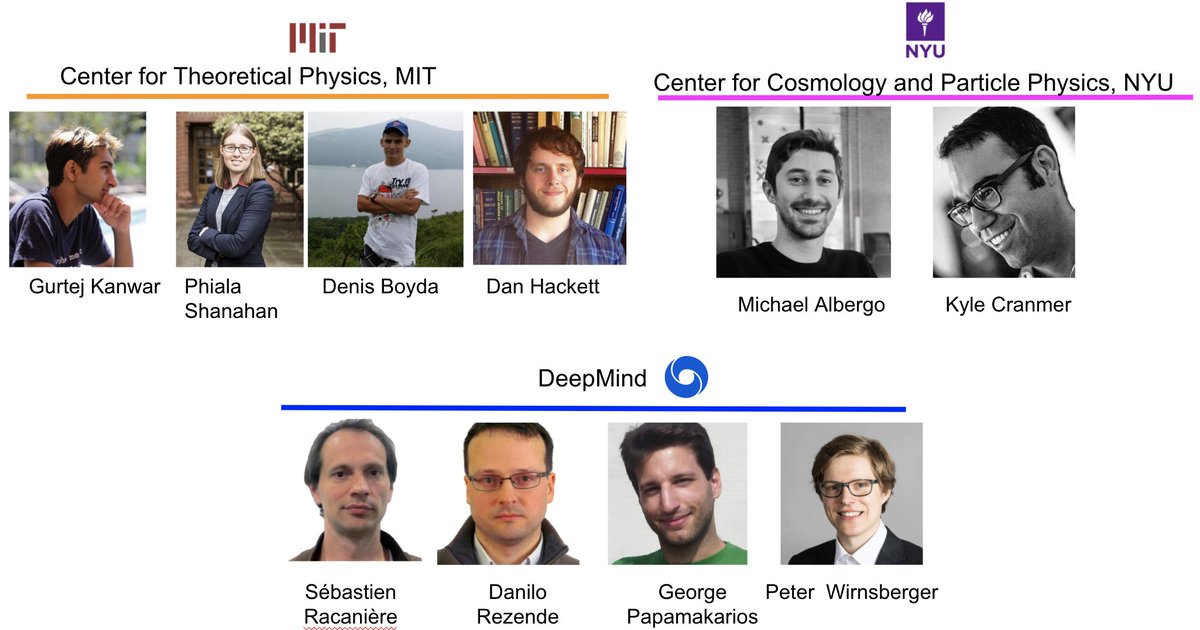SU(N) gauge equivariant flows for LatticeQCD:
arxiv.org/abs/2008.05456

In our previous work arxiv.org/abs/1904.12072 we sorted this out for the Gauge group U(1), which is an Abelian group.
On top of that SU(N) itself gets more and more complicated as we grow N (see thread below - this gets pretty cool! - as an appetiser enjoy the Weyl chambers of SU(4) gif)
To finish, enjoy a 3D projection of the 120 Weyl chambers of SU(5)




















